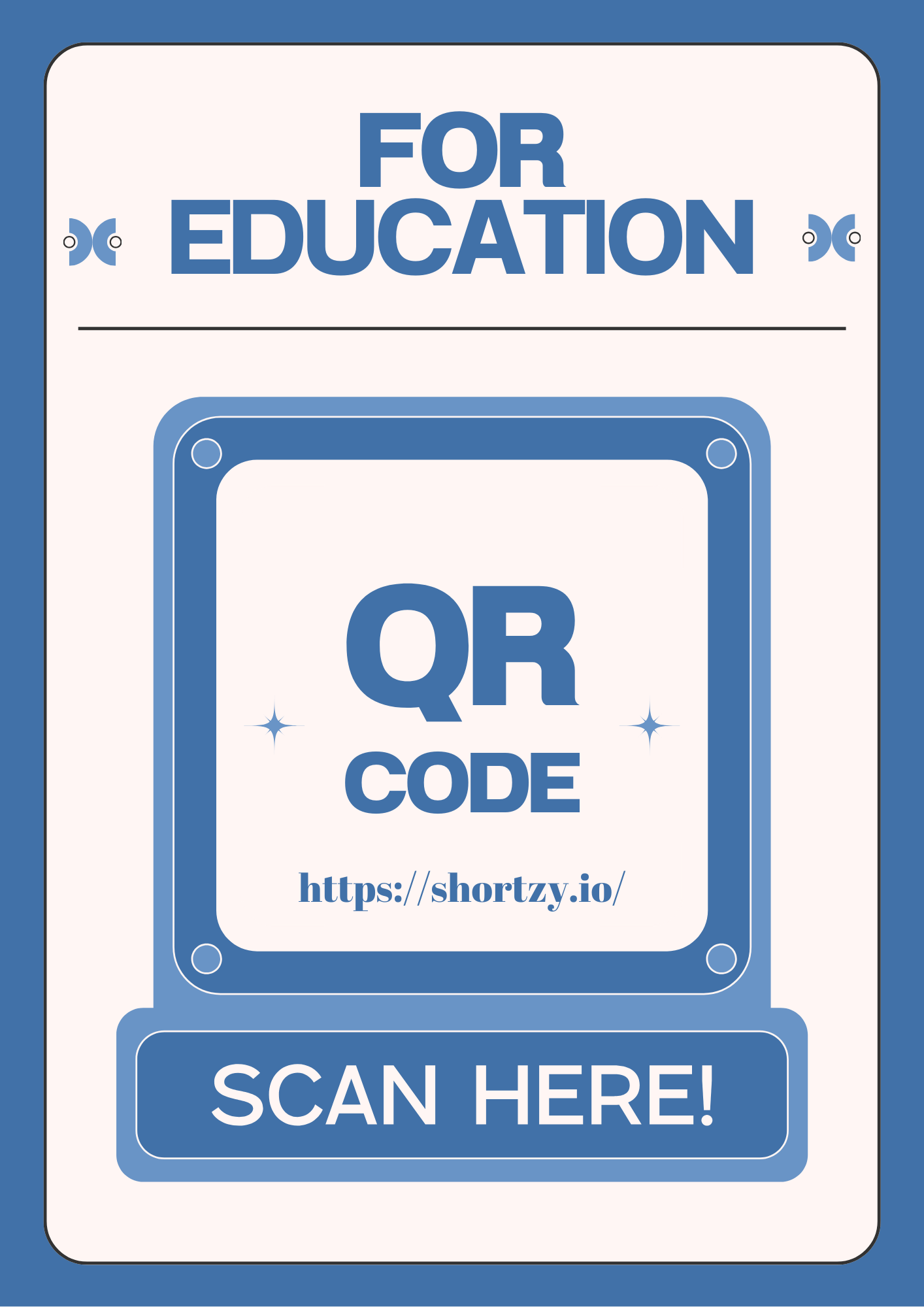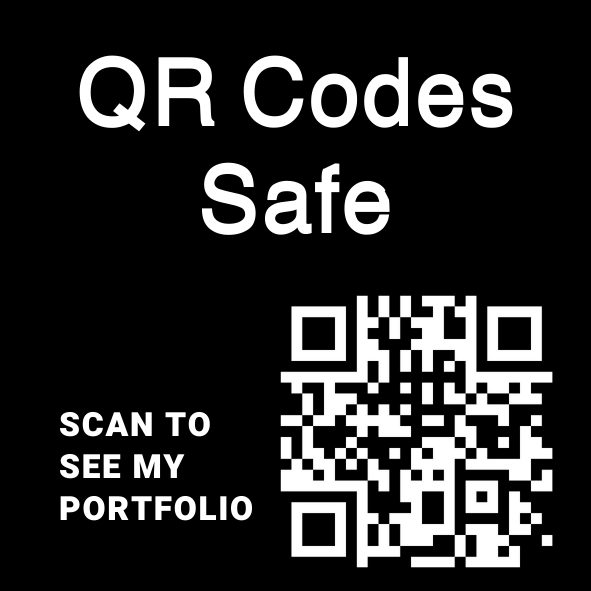
What is the use of QR code in education?
Imagine textbooks that come alive with interactive videos, detailed 3D models, or instant access to additional resources, all with a quick scan. That's the magic of QR codes in education! These versatile little squares are transforming classrooms by bridging the gap between physical learning materials and the vast world of digital information.This article aims to delve into the intricacies of QR codes, examining their applications, benefits, and challenges, as well as envisioning their future role in education.
https://www.youtube.com/watch?v=urpFdNhAtZw
Brief Explanation of QR Codes
At its core, a QR code is a two-dimensional barcode designed to store diverse types of information. From URLs to multimedia content, these codes provide a versatile means of communication. What distinguishes them is their rapid scanning and decoding capabilities, offering instant access to information.
Importance of Technology in Education
In the contemporary world driven by information, the integration of technology into education has become not just a luxury but a necessity. The symbiotic relationship between technology and education ensures that students are equipped with the skills needed to navigate the challenges of the digital era.
How QR Codes Work
Understanding the technical aspects of QR codes is crucial. These codes encode data both vertically and horizontally, allowing for the storage of substantial information. The scanning process, facilitated by smartphones or tablets, decodes the embedded data, making it readily accessible to users.
Integration of QR Codes in Educational Materials
Educators are increasingly harnessing the power of QR codes to augment traditional teaching materials. Integrating QR codes into textbooks and study materials opens up a myriad of possibilities. From providing supplementary resources to linking to multimedia content, these codes enhance the depth and breadth of learning.
Benefits of Using QR Codes in Education
The advantages of incorporating QR codes in education are manifold. Enhanced interactivity is a cornerstone, as students actively engage with content through scans. The time efficiency and convenience offered by QR codes streamline the dissemination of information, fostering a more dynamic learning process.
Examples of QR Code Usage in Educational Settings
Real-world examples paint a vivid picture of the impact of QR codes. Schools and universities have embraced this technology, creating case studies that highlight positive outcomes. Increased student engagement, improved information retention, and positive feedback showcase the tangible benefits of integrating QR codes into educational settings.
Security and Privacy Concerns
With innovation comes responsibility. Addressing potential security and privacy concerns is paramount. Implementing safeguards, such as encryption measures and secure hosting, ensures that the use of QR codes in education remains a secure and trusted practice.
QR Codes for Student Engagement
QR codes have emerged as dynamic tools for enhancing student engagement. Through gamification and interactive learning materials, educators can create an immersive learning environment. Additionally, QR codes serve as effective feedback and assessment tools, providing valuable insights into student comprehension.
QR Codes in Remote Learning
The global shift towards remote learning has accentuated the relevance of QR codes. In virtual classrooms, these codes facilitate seamless access to digital resources, video lectures, and collaborative platforms. Their adaptability makes them indispensable in supporting distance education initiatives.
Challenges and Solutions
No innovation is without its challenges. Overcoming resistance and skepticism requires a strategic approach. Continuous improvement and adaptation, coupled with comprehensive training, are key to ensuring successful integration and acceptance of QR codes in education.
Future Trends in QR Code Integration
As technology continues to evolve, so too will the integration of QR codes in education. The future promises more sophisticated applications, increased personalization, and seamless integration with emerging technologies. Staying abreast of these trends will be pivotal for educators and institutions.
How Educators Can Create and Use QR Codes
Empowering educators with the knowledge of creating and using QR codes is essential. A step-by-step guide tailored for teachers, coupled with insights on customizing QR codes for specific needs, ensures educators can harness the full potential of this technology.
Success Stories from Educational Institutions
Across diverse educational settings, success stories abound. Showcasing institutions that have successfully implemented QR codes, along with testimonials from both students and teachers, provides a compelling narrative of the positive impact of this technology.
Comparison with Traditional Methods
To truly appreciate the value of QR codes, a comparison with traditional educational methods is necessary. While QR codes offer advantages in terms of interactivity and accessibility, understanding the potential drawbacks ensures a balanced perspective on their integration.
QR Codes and Inclusivity in Education
Ensuring inclusivity is a core principle in education. Addressing accessibility concerns and ensuring equal opportunities for all students is paramount. QR codes, when implemented with accessibility in mind, have the potential to level the playing field for learners with diverse needs.
Conclusion
In conclusion, the use of QR codes in education represents a transformative journey. The benefits of enhanced interactivity, time efficiency, and versatility make QR codes invaluable tools for educators. Encouraging widespread adoption not only improves the learning experience but also prepares students for a future where technology is an integral part of their educational journey.
FAQs
Are QR codes secure for educational use?
Yes, implementing encryption measures and data protection protocols ensures the security of QR codes in education.
How can educators create customized QR codes?
Educators can use online QR code generators to create customized codes for various educational purposes.
What are the challenges of implementing QR codes in education?
Challenges include overcoming resistance, addressing skepticism, and providing comprehensive training.
Can QR codes be used in remote learning?
Absolutely, QR codes facilitate seamless access to digital resources and collaborative platforms in virtual classrooms.
How do QR codes contribute to inclusivity in education?
When implemented with accessibility in mind, QR codes have the potential to provide equal opportunities for all students.
.png)

